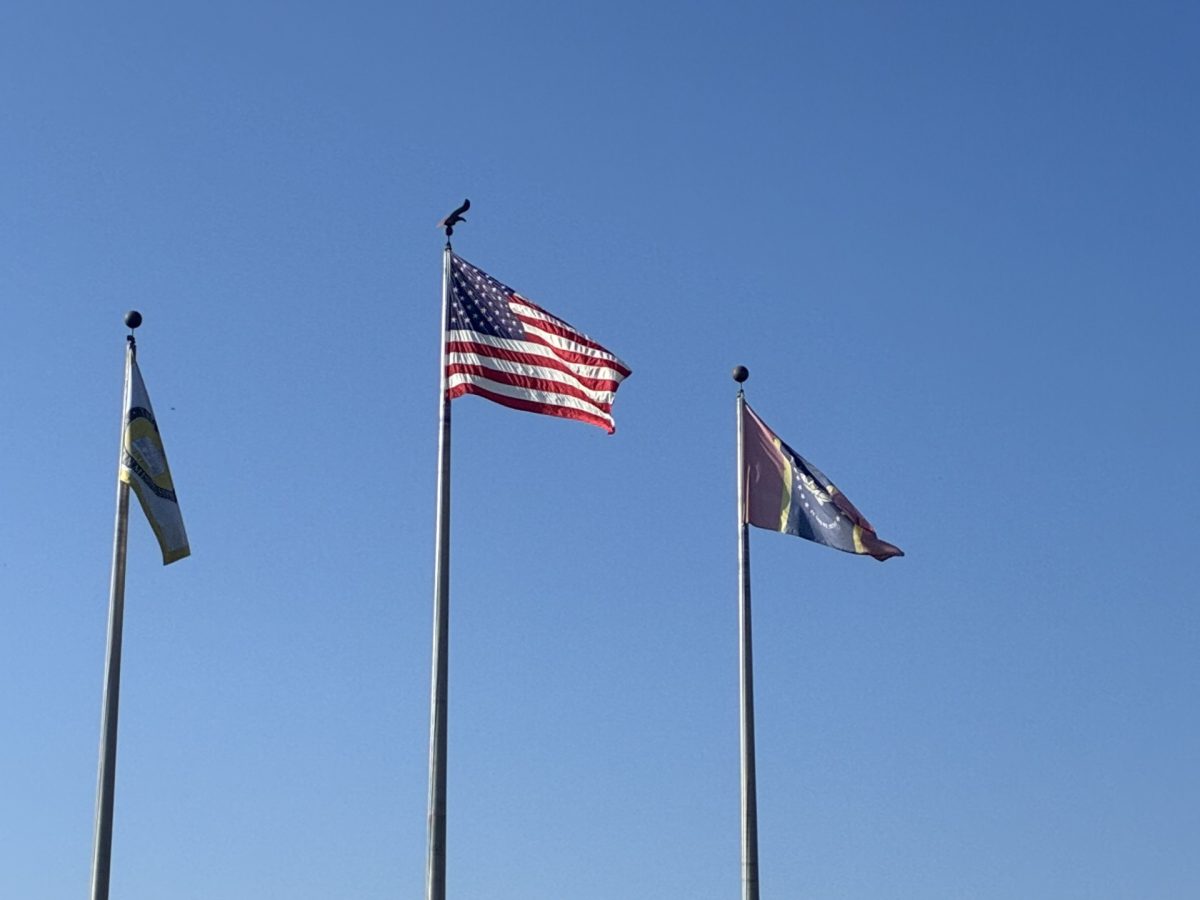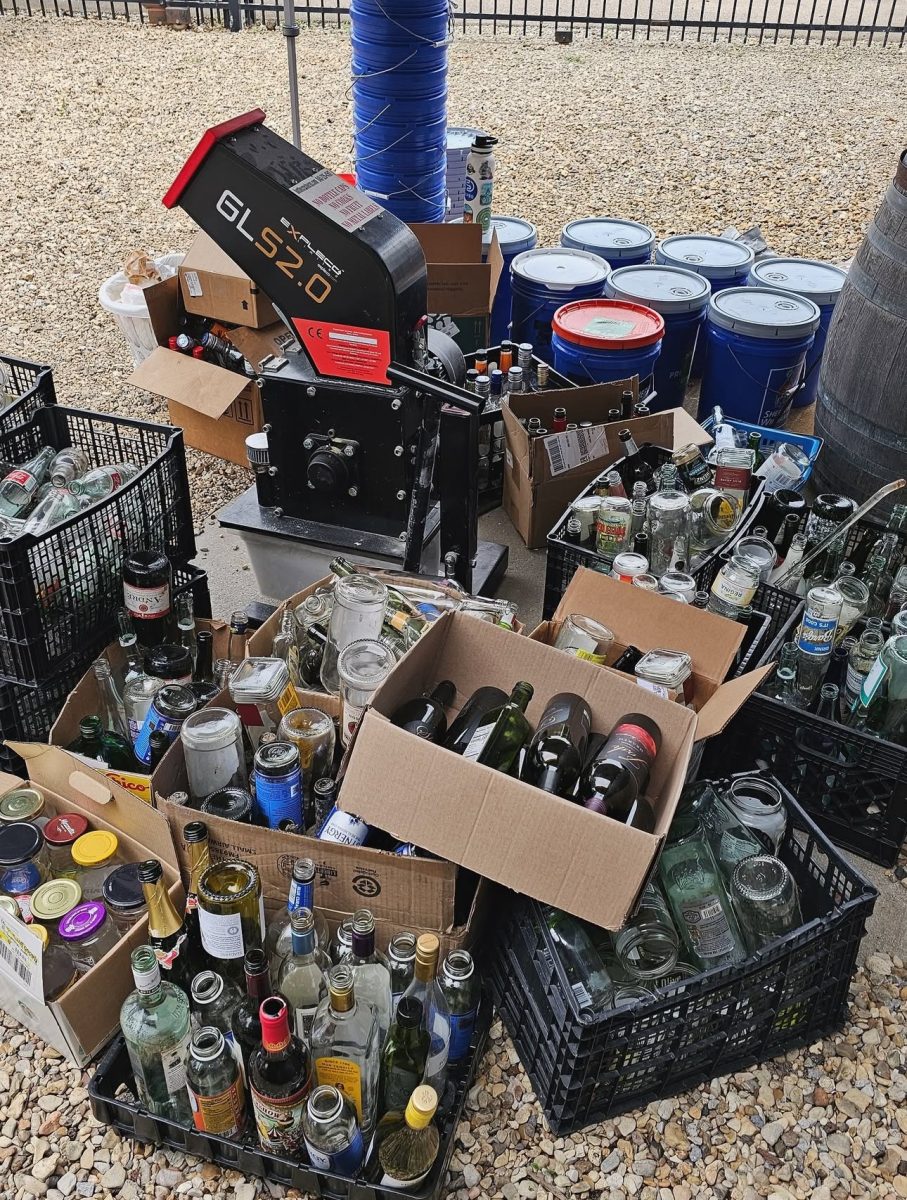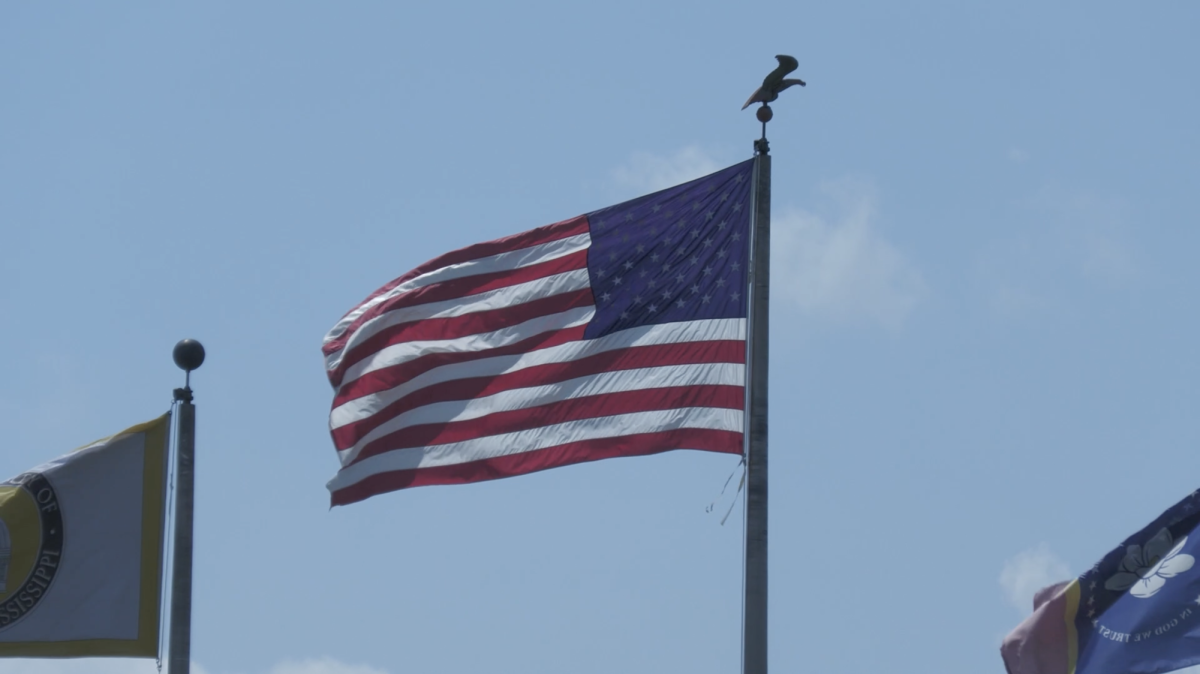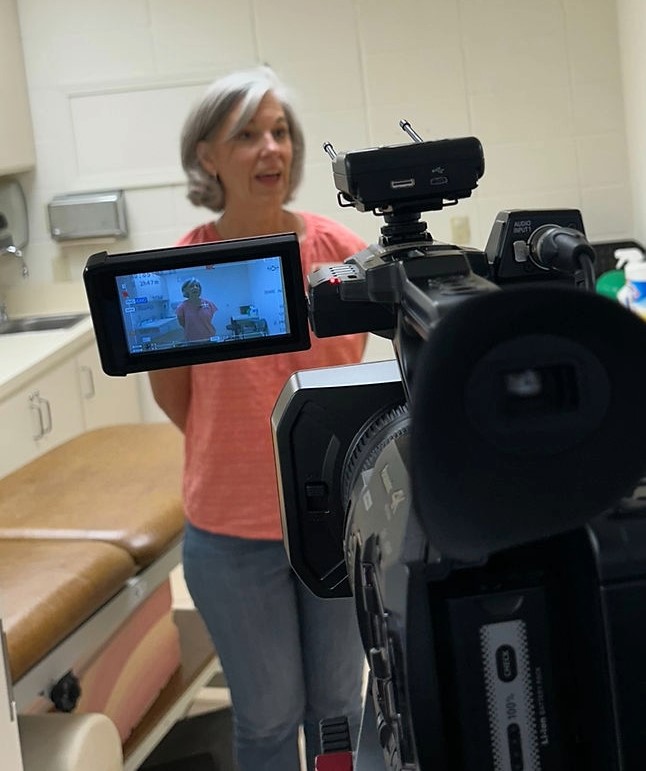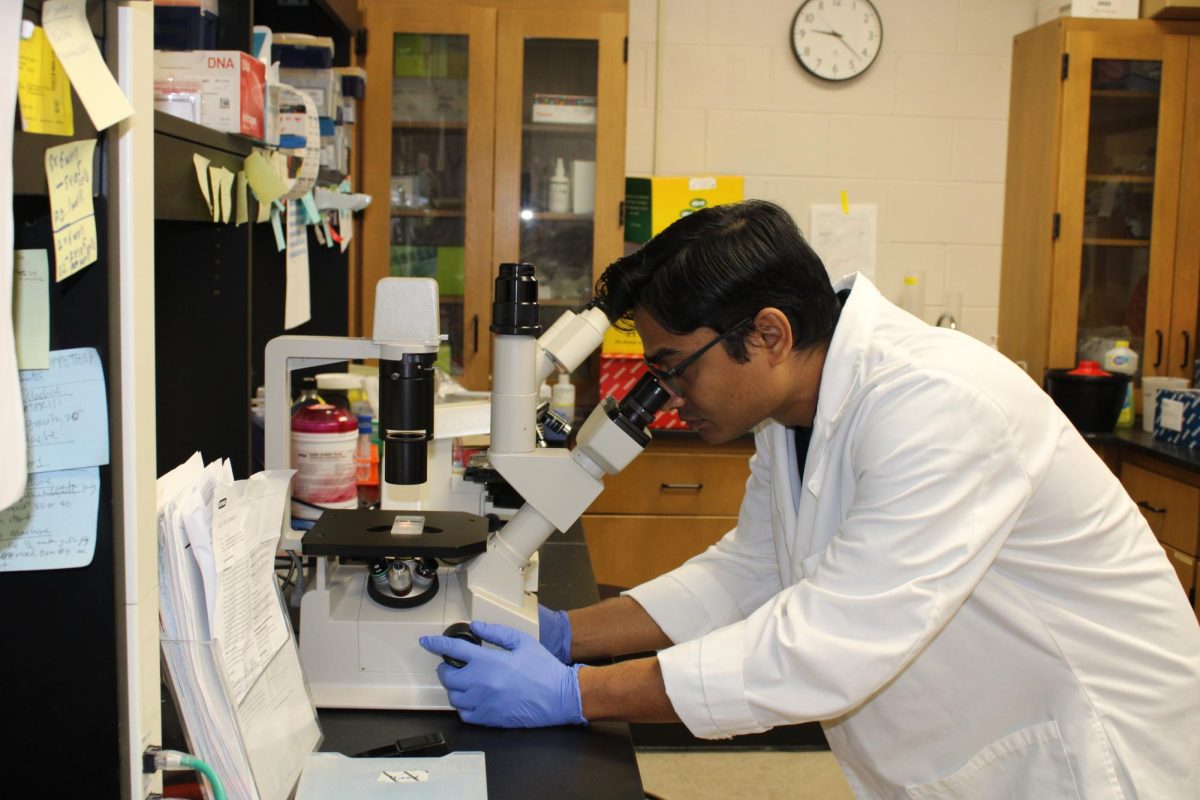After a series of unfortunate events that led to an unexpected closing of several oyster beds in Mississippi coastal waters, the Mississippi Department of Marine Resources hopes to soon reopen oyster season.
On Dec. 11, the Gulf Coast experienced what has been referred to as the state’s worst toxic algae bloom in recorded history.
Toxic algae blooms, known as “red tides,” occur naturally in oceans all over the world. The blooms contain a pigment that can cause the water to appear reddish-brown, giving the phenomenon its name. According to post-doctoral researcher Inia Soto Ramos, the blooms observed in the Gulf Coast are often made up of Karenia brevis, a species of microscopic, photosynthetic dinoflagellates that contain neurotoxins.
At elevated concentrations, these toxins can cause shellfish poisoning and high fish mortality. If released into the air, these toxins can also cause respiratory problems and other forms of irritation to people and other animals up to seven kilometers from the shore.
Officials closed all beaches and seven zones of shellfish beds on Dec. 10. While the beaches reopened about a month later, the oyster beds have remained closed.
Ramos, who specializes in using satellite imagery to track harmful algae blooms, said the blooms observed in Mississippi waters originated in the northern panhandle of Florida and were transported to our coast via currents and circulation.
“It’s rare to see these blooms in this area,” Ramos said. “This is not one of the places that it’s common year, like in Florida, Texas and Mexico.”
Mississippi Department of Marine Resources public affairs director Melissa Scallan said unseasonably warm temperatures are the cause.
“With all the warmer weather we had in December, it just allowed the toxin to grow, and then the winds and current moved it from Florida and it continued westward,” Scallan said.
Scallan said MDMR was able to confirm that the toxins had left the water around Jan. 18. She said high demand from surrounding states caused a delay.
“We had to have those water samples tested at FDA certified labs,” Scallan said. “They [Alabama and Florida] were having their samples tested too and only a certain number of labs are certified by the FDA.”
Scallan said MDMR received the clean results from the red tide samples the same week they were completing an emergency oyster relocation carried out due to the tides and the Bonnet Carré spillway’s opening, another event that endangered shellfish beds. The spillway’s opening followed the same heavy rains that cause record flooding in Missouri and other states along the Mississippi River.
Oysters depend on an ideal balance of saltwater and freshwater, which was disrupted by the large amounts of freshwater entering the Gulf after the spillway was opened. After a heavy rush of freshwater that followed a drought in 2011 caused of 85 percent loss of oyster populations, Scallan said the MDMR wanted to take precautions this year to ensure the occurrence would not happen again. MDMR employed local fisherman to relocate the oysters from the beds that were threatened to other reefs.
According to Scallan, 40,000 sacks of oysters were relocated in three days.
Scallan said the only remaining obstacle preventing MDMR from reopening the closed beds is receiving the results of water sample tests taken from the Pearl River.
When the Pearl River floods and crests, levels of bacteria must be checked to verify that contaminated water is not entering the reefs. Recent heavy rainfall prevented these tests from being completed, since the river continues to flood and crest periodically.
Todd Rosetti, sales manager of Quality Seafoods in Biloxi, said the recent events in the Gulf have not caused his business any trouble.
“The closed zones are from Pass Christian Harbor all the way to Hopedale, Louisiana, and we are currently buying from zones ten and eleven on the other side of the Mississippi River.”
Rosetti said the mishap is not costing any more to buy from these zones.
“The market hasn’t really edged up,” Rosetti said. “Maybe a dollar a box when it was real tight around Christmas and New Year’s, but we have plenty of oysters to sustain demand.”
With the precautions taken and the careful monitoring of water quality, MDMR hopes to redeem this year’s oyster season sooner rather than later.
“We hope we will be able to open season then keep it open, giving everyone a couple of months of really good oyster fishing,” Scallan said.
Oyster season typically runs through mid-April.
“Mississippi has a reputation of having the safest oysters of any other gulf state, and we want to continue that and make sure they are safe for people to eat,” Scallan said.

